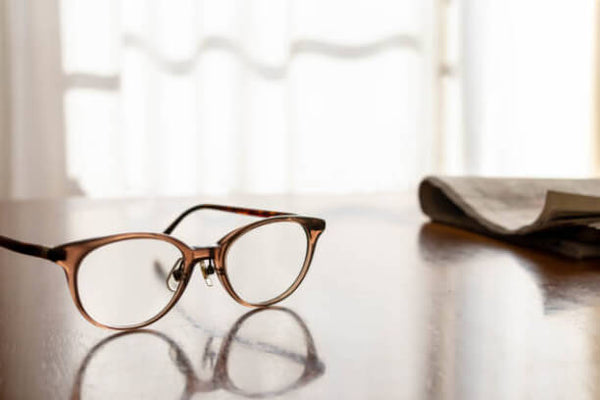
Readers, how to choose between off-the-counter vs. prescription glasses?
The good news is that this is a common disorder that happens to everyone, and it is easy to find a solution. From off-the-counter readers at 3 for $10, to prescription readers ranging from $30 up to $150, what are the differences, and how to tell which one would be suitable for you?
What are?
-Off the counter readers
Also sometimes called presbyopia glasses. These do not require an optometric prescription and usually offer fixed powers in 0.50 or 1.00 intervals, such as +1.00, +1.50, +2.00, etc. They are easy to purchase at a drugstore or supermarket. Although they are roughly correct presbyopia enough for one to see, it is important to note that presbyopia glasses are not suitable for long-term wear as they are not tailored to your actual prescription ( which includes more than just your SPH power) resulting in further damage to the eye during the modification and refocusing on a ‘general’ prescription.
-Prescription Eyewear
Prescription eyeglasses are lenses customized based on your prescription, including not only your accurate presbyopia power but also your cylinder power and axis, fitted to your pupillary distance. This not only solves your presbyopia vision but also provides comprehensive correction for a variety of vision problems that you may have, to make sure your eyes stay relaxed and decrease the possibility of further vision deterioration.

How do I choose between the two?
Although both types of eyeglasses can solve the distorted vision caused by presbyopia, there are many differences to consider when choosing a suitable solution for you.-
Lens Quality
-
Prescription Quality
-
Difference in Lens Functions
Off-the-counter readers have only a single magnifying function, while prescription eyeglasses often can be used in many situations to fit most needs of the day. For example, high-index prescription lenses can reduce the thickness and weight of the lenses, providing a more comfortable wearing experience; digital protection lenses can filter harmful blue light and protect the eyes from blue light emitted from electronic devices, and light-adjusting lenses can automatically adjust the color of the lenses according to the intensity of light. These features make prescription eyeglasses a more advanced and practical option.

 titanium eyewear
titanium eyewear

 get discount
get discount loyalty program
loyalty program help online
help online